
What Are RoHS and REACH?
If you plan to import products into the European Union (EU), you may encounter RoHS and REACH regulations. If your products fall under the scope of these two regulations, compliance is mandatory to enter the EU market. This guide provides a detailed explanation of RoHS and REACH, their differences, and how to ensure compliance.
What Is RoHS?
In modern society, the widespread use of electronic products such as mobile phones and computers generates a significant amount of waste. During the disposal process, toxic substances like lead and mercury may be released, posing risks to health and the environment. To address this, the EU introduced the RoHS Directive (Restriction of Hazardous Substances) in 2006 to regulate the use of harmful substances in electrical and electronic equipment (EEE).
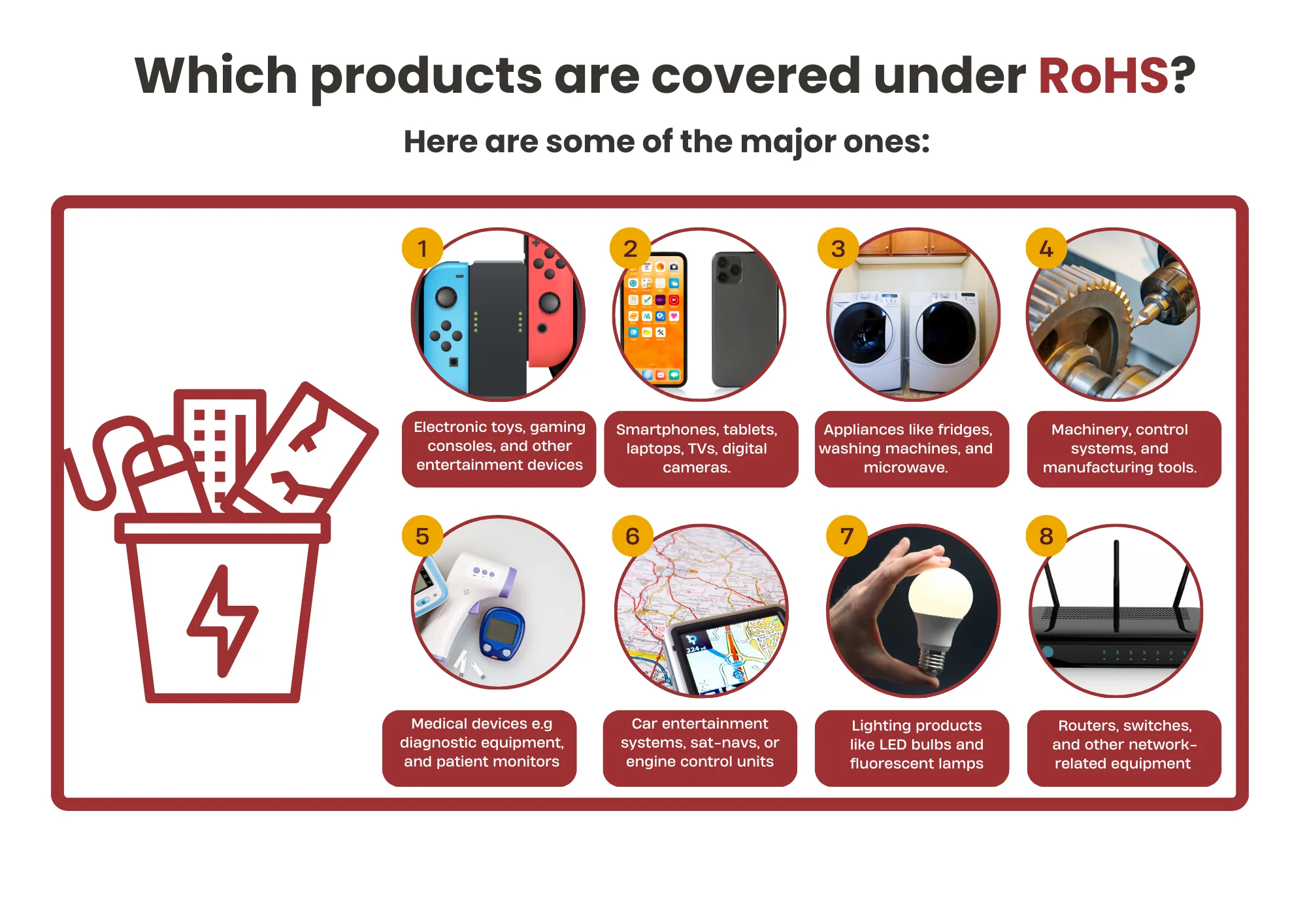
Key Points:
The RoHS Directive covers electrical and electronic products such as household appliances, gadgets, and industrial equipment. It limits the presence of 10 hazardous substances, including lead, mercury, and cadmium, requiring manufacturers to ensure compliance through testing.
Initially originating in the EU, RoHS has been adopted in multiple countries and regions, including China, Japan, and India. Non-compliance can result in penalties, product recalls, or market restrictions.
10 Restricted Substances under RoHS and Their Maximum Concentration:
1. Lead (Pb): < 0.1%
2. Mercury (Hg): < 0.1%
3. Cadmium (Cd): < 0.01%
4. Hexavalent Chromium (Cr6+): < 0.1%
5. Polybrominated Biphenyls (PBB): < 0.1%
6. Polybrominated Diphenyl Ethers (PBDE): < 0.1%
7. Di(2-ethylhexyl) phthalate (DEHP): < 0.1%
8. Benzyl butyl phthalate (BBP): < 0.1%
9. Dibutyl phthalate (DBP): < 0.1%
10. Diisobutyl phthalate (DIBP): < 0.1%
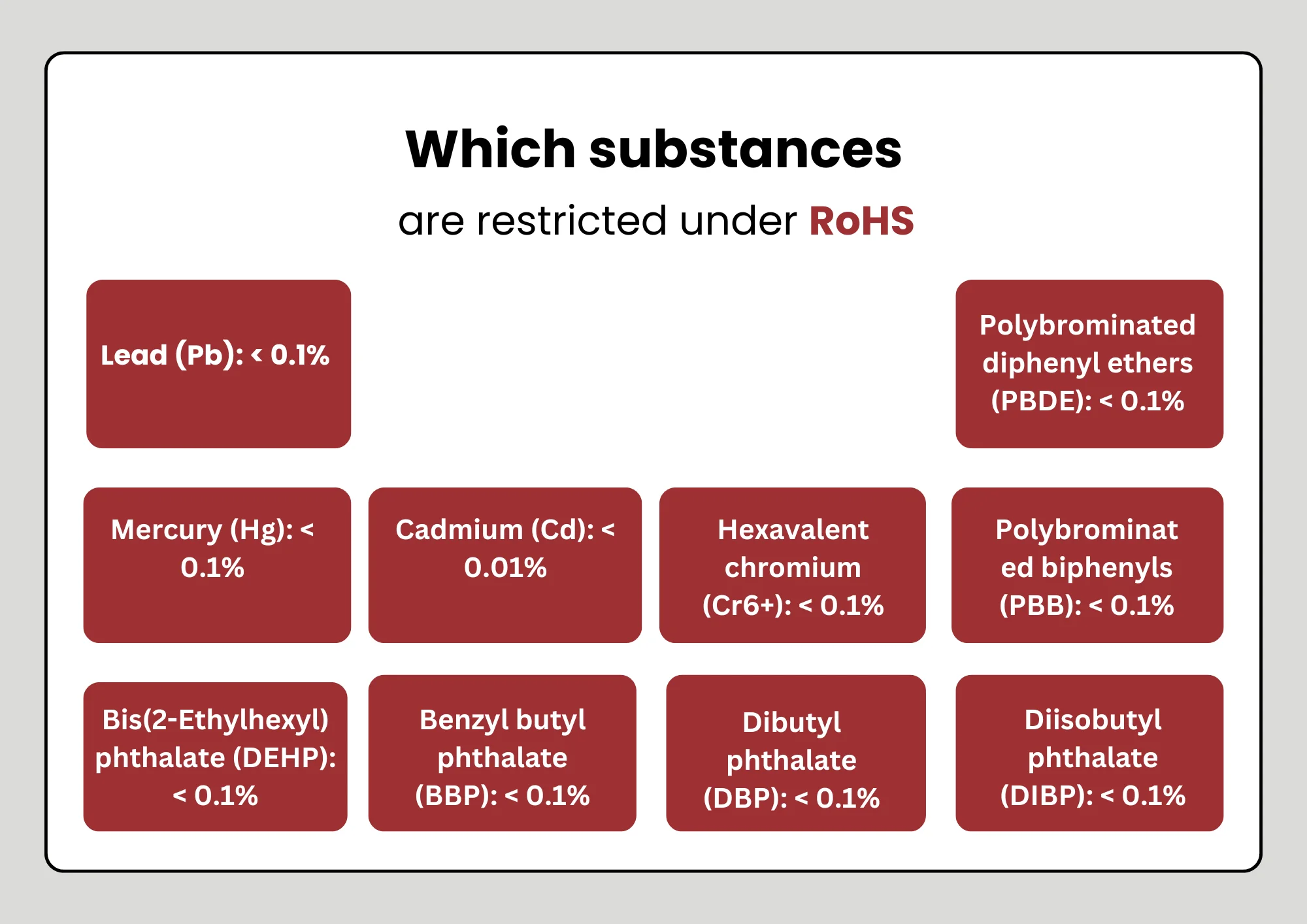
What Is REACH?
REACH (Registration, Evaluation, Authorization, and Restriction of Chemicals) was implemented in 2007 to identify the characteristics of chemical substances, aiming to protect human health and the environment.
Key Points:
REACH applies to nearly all product categories, including cosmetics, textiles, and electronics, by regulating hazardous substances known as SVHCs (Substances of Very High Concern). Manufacturers must register, evaluate, and test their products to ensure compliance.
Although REACH originated in the EU, its influence extends globally, with many countries adopting similar regulations. Non-compliance may result in fines, product recalls, or bans.
Product Categories Covered by REACH:
1. Substances: Single chemical elements or compounds, such as sulfuric acid.
2. Mixtures: Combinations of different chemical substances, such as paints or cleaning liquids.
3. Articles: Objects where shape or design plays a more critical role than chemical composition, such as toys or textiles.
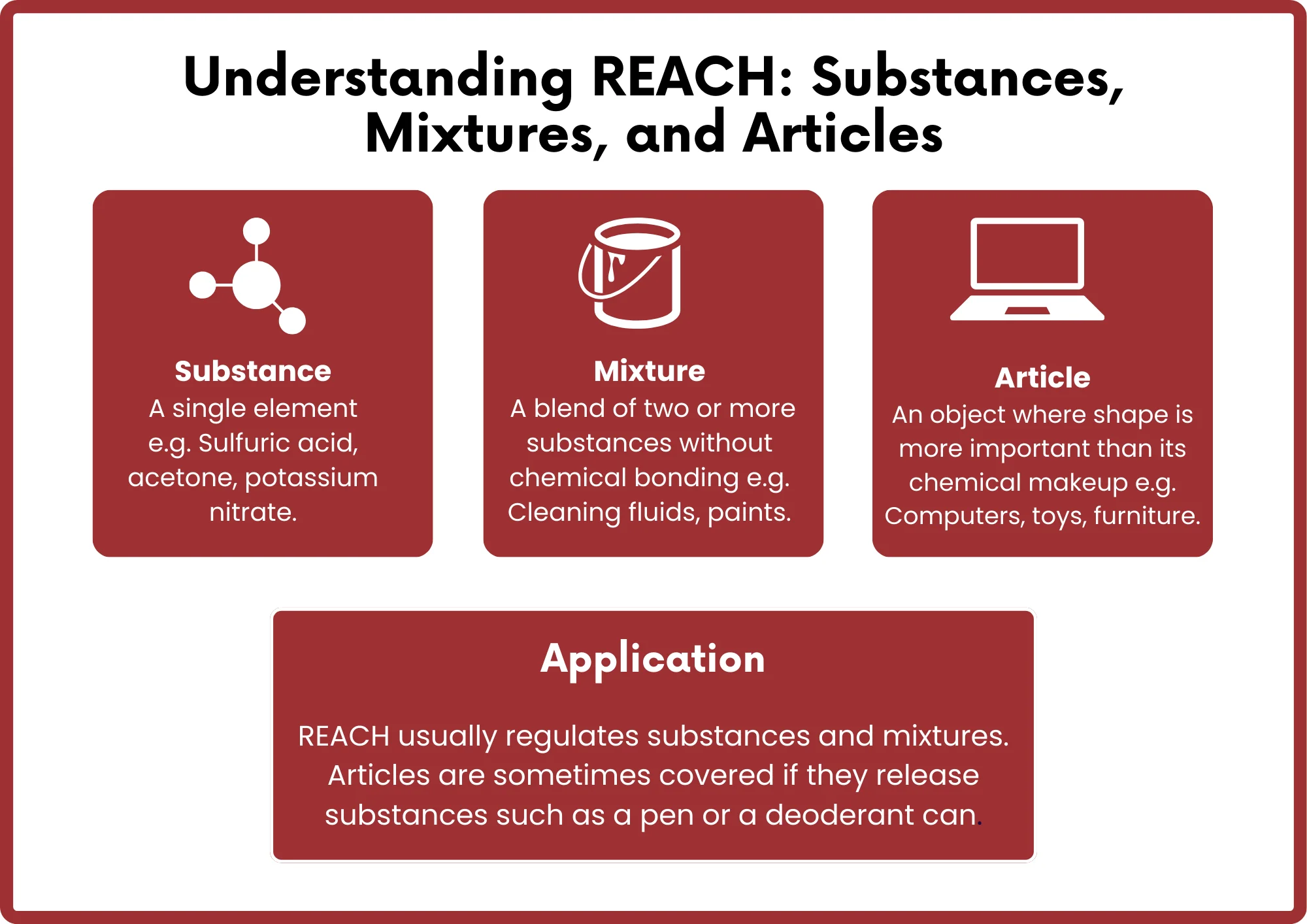
Substances of Very High Concern (SVHC):
- If SVHC content exceeds 0.1%, manufacturers must report it to consumers and the SCIP database.
- Companies producing or importing more than 10 tons annually must submit risk assessment reports.
Differences Between RoHS and REACH
1. Scope: RoHS primarily targets electrical and electronic equipment, while REACH covers all products and their chemical substances.
2. Assessment Level: RoHS evaluates substances at the homogeneous material level, whereas REACH evaluates entire articles.
3. Management Approach: RoHS restricts substances within its directive scope, while REACH manages chemicals throughout their lifecycle.
4. Legal Nature: RoHS is an EU directive, while REACH is an EU regulation.
How to Ensure RoHS and REACH Compliance?
RoHS Compliance Steps:
1. Confirm whether your product falls under the RoHS scope.
2. Check materials for restricted substances.
3. Submit products to certified laboratories (e.g., China JJR Laboratory) for testing.
4. Affix the CE mark upon meeting compliance requirements.
REACH Compliance Steps:
1. Identify all chemical substances used in your product.
2. Test through accredited laboratories to ensure no SVHC exceeds limits.
3. Communicate with suppliers to ensure raw material compliance.
4. Retain test reports and certification documents for reference.
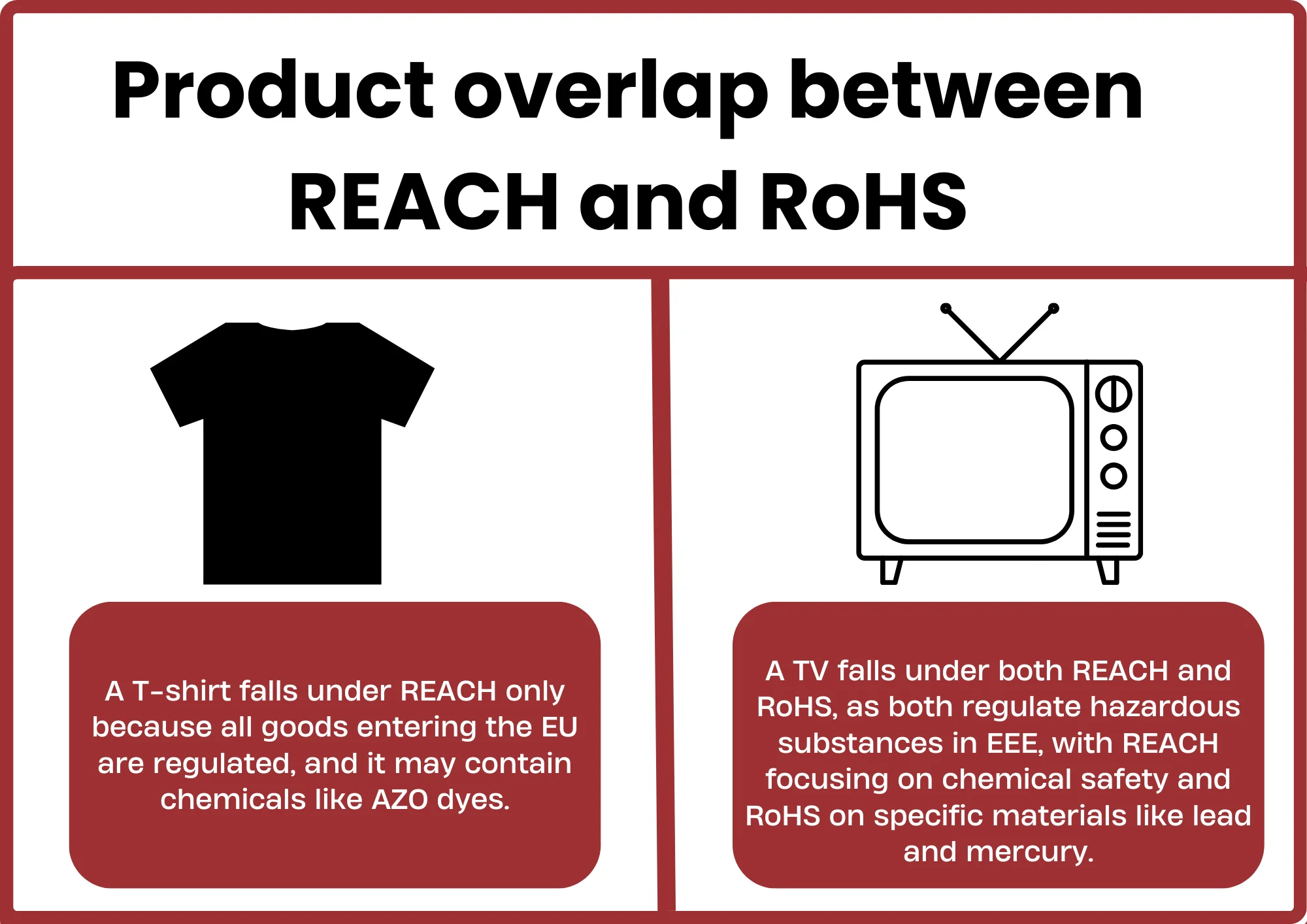
Examples of Products Subject to Both RoHS and REACH
1. Electronics:
- RoHS restricts harmful substances like lead and mercury in EEE.
- REACH regulates chemicals like flame retardants and plasticizers.
2. Automotive Parts:
- RoHS applies to specific automotive electronic components.
- REACH governs chemicals used in manufacturing parts, ensuring no environmental or health risks.
RoHS and REACH are crucial for entering the EU market. While RoHS focuses on restricting harmful substances in electronic products, REACH manages chemical substances across all industries. Although compliance can be complex, professional support from laboratories such as China JJR Laboratory can simplify the process, ensuring products meet EU regulations.
Contact us now to obtain RoHS and REACH compliance testing services and guarantee your products meet EU standards!
Email:hello@jjrlab.com
Write your message here and send it to us
 ASTM D4169 Drop Test
ASTM D4169 Drop Test
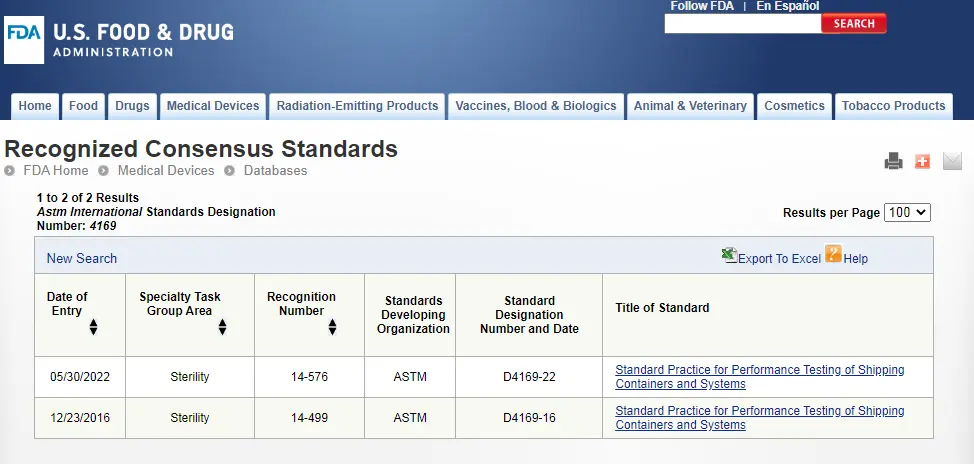 ASTM D4169 Packaging Simulation Transportation Tes
ASTM D4169 Packaging Simulation Transportation Tes
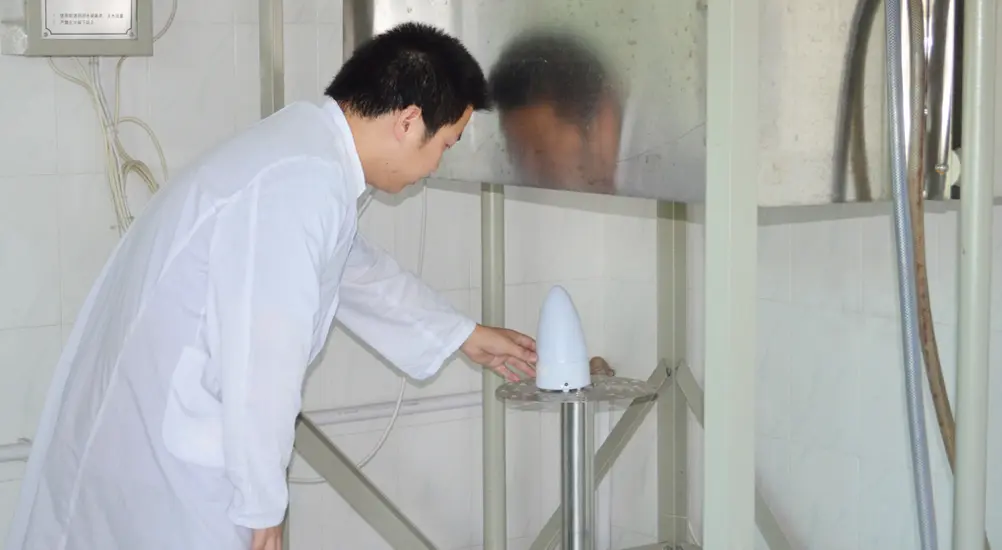 What is ASTM D4169 Testing?
What is ASTM D4169 Testing?
 ASTM D4169-23 Test Standard Revision
ASTM D4169-23 Test Standard Revision
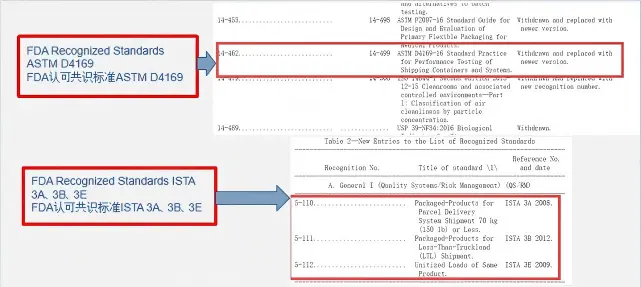 Transport Simulation Testing for Medical Device Pa
Transport Simulation Testing for Medical Device Pa
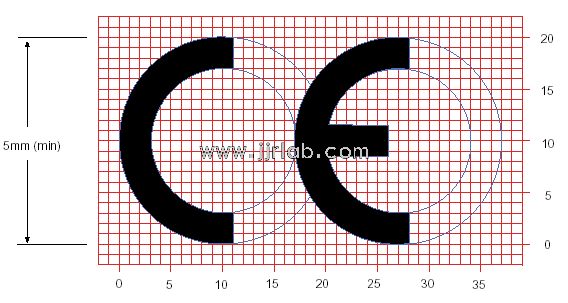 EU CE Certification Guidelines for Lighting Fixtur
EU CE Certification Guidelines for Lighting Fixtur
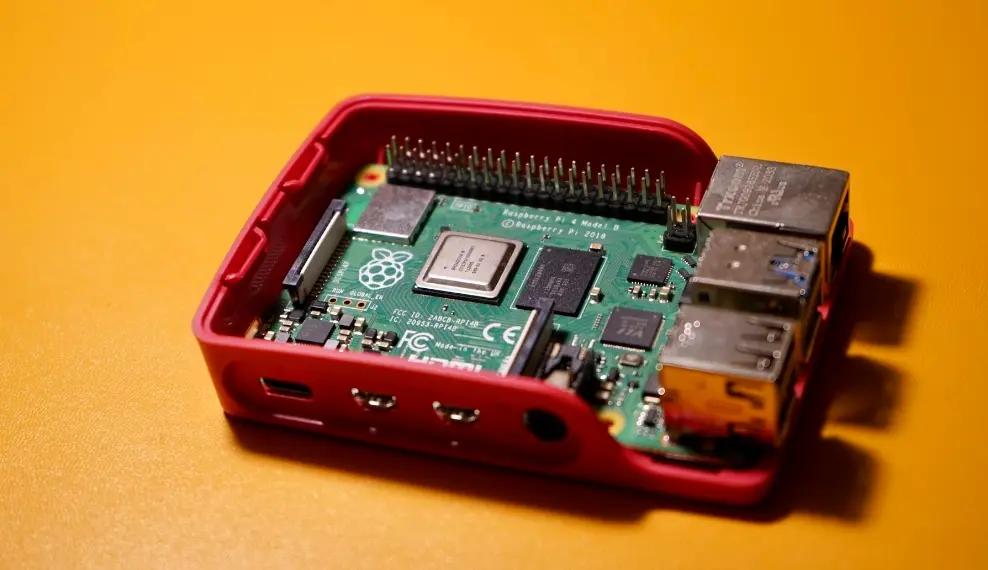 Lithium Battery Export: CB Certification & IEC
Lithium Battery Export: CB Certification & IEC
 How to Apply for One FCC Certificate for Multiple
How to Apply for One FCC Certificate for Multiple
Leave us a message
24-hour online customer service at any time to respond, so that you worry!




